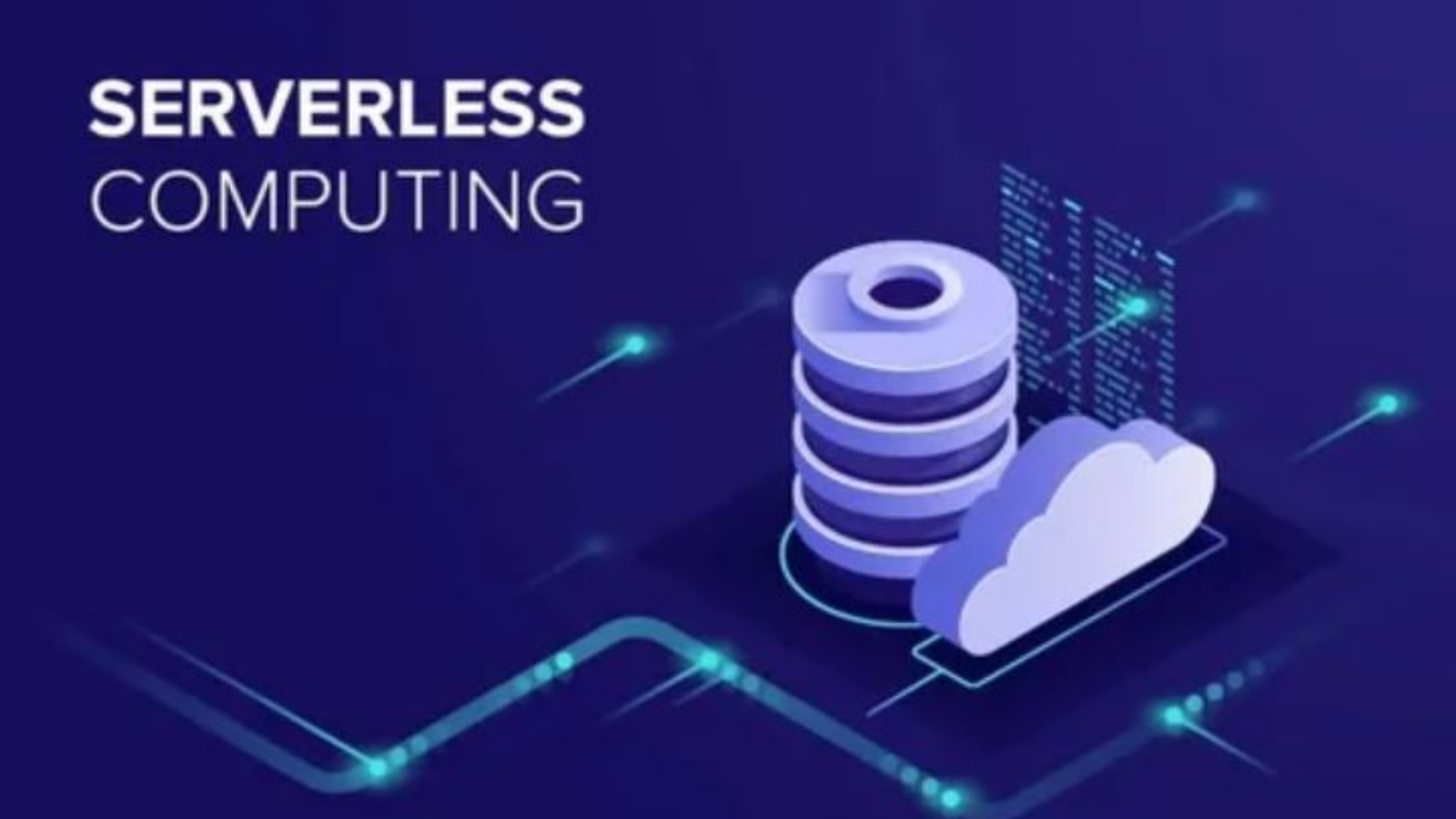The allure of serverless computing lies in its ability to streamline development processes and reduce operational complexities. By abstracting away the underlying infrastructure, developers can rapidly deploy applications without being bogged down by server provisioning or maintenance tasks.
This newfound agility allows businesses to innovate faster and respond swiftly to changing market demands. Join us as we delve into what is serverless computing and explore why this paradigm shift is capturing the attention of developers and businesses alike.
What Is Serverless Computing?
Serverless meaning has become a new and interesting model for deploying applications and services. It represents an evolution of cloud programming models, abstractions, and platforms and is a testament to the maturity and wide adoption of cloud technologies.
Its new method offers backend services on a usage basis. They emerged as a new paradigm for developing cloud applications in which developers just have to write code that reacts to cloud infrastructure events.
Serverless architecture allows developers to focus on their core business logic and leave server management and scaling to cloud providers. A cloud service provider manages all the cloud infrastructure needed to run code and scale the infrastructure as demand is needed.
How Does Serverless Computing Work?
Serverless computing doesn’t mean it does not have servers. Creates a cloud-provisioned API and maps particular system requests to many functions.

Despite having a single server, applications have functions for each functionality. It ran cloud applications in stateless computer containers brought up and down through triggered functions.
Why is serverless computing important?
A serverless architecture offers you abstraction for operating system servers and infrastructure. It has its own set of benefits and drawbacks. If you use function as a service (FaaS), developers only need to be concerned.
These enable organizations to help with business needs and innovation despite external factors. Such as infrastructure setup, hardware procurement, networking, and firewalls.
4 Advantages of Serverless Computing
Operation Management Is Easy
It is hassle-free for developers. It allows developers to focus only on providing a great solution without worrying about the infrastructure needed to develop and deploy the system. Developers don’t need to deal with the servers’ service providers to manage them.
Reduce Cost
The serverless architecture enables infrastructure and reduces costs to a fraction of the original cost. Their productivity also increases, which leads to an improved ROI on human resources. Developers charge only for what they used to pay as you go. It reduced overall operational costs excessively compared to maintaining your infrastructure.
Quick Maintenance And Updates Are Possible
Developers can code fast and add new products or features with serverless. People don’t have to deal with big changes to the whole application for quick updates, patch fixes, or adding new features to an application.
Scalable
It allows an efficient way to create fully scalable applications. If you used old managed hosting methods like containers or virtual machines, your application would respond faster. It is more scalable and provides better performance when it is optimized properly.
4 Drawbacks Of Serverless Computing
The Complexity
It is also complex and time-consuming because serverless computing has its problems. To develop serverless solutions, determining the size of the function is a very essential step.
If something is not working, highlighting the issue can be difficult. Because developers have to look at different spaces and then identify the issue.
Debugging
Debugging is not a simple task; it requires much time and resources. Because the code is running on an unfamiliar cloud backend with no visibility. A serverless application has multiple cloud functions that run separately.
Security Risk
Security is the risk in server less computing. There is no central authentication provider that controls all login requests, there is a possibility that your vendor gets hacked or stolen data.
Infrastructure Insights
Different cloud service providers share resources across multiple application implementations. This has the drawback of the system not being aware of the system or encountering application noise, which may affect the performance of your application.
Limits To Serverless Computing
Serverless computing has revolutionized how organizations approach cloud services, offering scalability and cost-effectiveness. There are certain limitations to this architecture that businesses need to consider. This can create challenges if a business wants to switch providers or integrate multiple cloud services.
The Future Of Serverless Computing
Technology is changing quickly in the ground and is trending today. It is a new way of evolution in cloud computing that increases the level of abstraction for users. It has widely explored solutions and implications.
Serverless is the best option for different organizations. It will add more functionalities that enable developers to customize the application. Needed the way to interact the backend service shortly.
Selective adoption of serverless will make it easier to start an application system in a serverless environment. There are still some challenges that organizations can face. It has been found to make adoption more effective and the future of serverless is bright.
Is Serverless Computing Ideal For You?
Serverless computing encircles multiple things. Jumping into applications, it is important to understand its benefits and offers. They think of applications with a backend that runs on third-party services.

If your computing need is a short-running task with a single goal, it would be a good option. You might analyze your needs first. Do a lot of in-depth analysis or perform long-running computations.
Conclusion
It offers a revolutionary approach to developing and deploying applications without the need for managing the underlying infrastructure. By abstracting away server management tasks, developers can focus on writing code and delivering value to users more efficiently.
The pay-as-you-go pricing model of serverless computing. It is important for organizations to carefully evaluate their use cases. As technology continues to evolve, computing serverless is poised to play a significant role in shaping the future of cloud computing.
